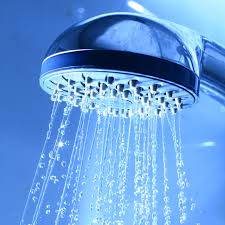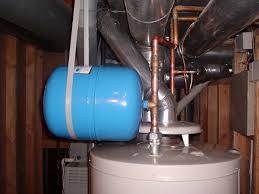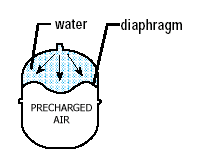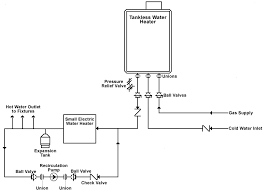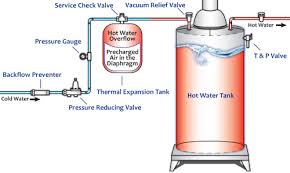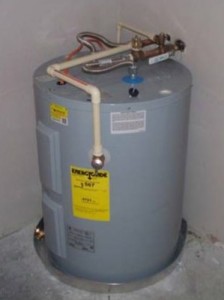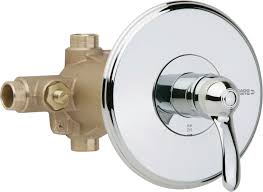
Showers pose a risk for hot water scalding. In addition to the potential for hot water scalding, thermal shock from rapid changes in shower water temperature can cause slips and falls.
To protect the user, plumbing codes require water delivery from showers to not exceed 120 degrees F. Water heater thermostats are no longer considered a safe means for controlling water temperatures when the code requires a maximum water temperature at showers and tub/showers. The plumbing codes now require the installation of the American Society of Sanitary Engineers (ASSE) 1016 shower valves to prevent scalding and thermal shock.
ASSE 1016 contains requirements for three different types of shower valves.
- Type P: Pressure compensating. This is the most common type of shower valve.
- Type T: Temperature compensating
- Type P/T: Pressure and temperature compensating
Design engineers have to decide what type of ASSE 1016 shower valves to specify. First, for individual showers and tub/showers, a Type P pressure compensating valve is required to prevent thermal shock. Unless thermal shock protection is provided by another device, such as an ASSE 1066 pressure-compensating device, a Type P or Type P/T valve is required.
Second, the question becomes, is the additional thermostatic protection provided by a Type P/T shower valve needed? This often depends on the hot water system and the amount of temperature variation that can be expected at the shower fixture. Some hot water systems have large temperature variations, for example, residential storage-type water heaters with no recirculation. Due to the phenomenon of “thermal stacking,” hot water temperatures in these systems can easily vary by as much as 10 – 15 degrees F. Another consideration is whether the facility has a higher risk for scalding, such as hospitals, nursing homes, and assisted living centers. In these instances, a Type P/T shower valve is a good idea.
By contrast, some commercial hot water systems with master mixing valves, continuous recirculation, and/or precise controls may have nearly constant hot water temperatures at the shower fixtures. For these systems, a Type P shower valve may be sufficient to limit temperatures at the shower to a maximum of 120 degrees F.
Here is a conservative approach: if system temperatures are not stable or unknown, install a thermostatic device (ASSE 1017 master mixing valve in conjunction with ASSE 1016 Type P shower valves, ASSE Type P/T shower valves, etc.) at some point between the water heating source and the delivery point. Although this is not a code requirement, maintaining a maximum temperature of 120 degrees F is. A thermostatic device will greatly reduce temperature swings in the hot water system and also protect the end-user in case of a failure of the water heater thermostat. Design engineers should evaluate the hot water system and make an informed decision about scald protection. Specifying what “everyone else does” or “what meets the code” may not provide the required level of safety needed to prevent scalding.
Given the allowable temperature variation in the ASSE 1016 standard, at what temperature should shower valves be set to ensure a maximum water temperature of 120 degrees F? Outlet temperatures for ASSE 1016 valves can vary by +/- 3.6 degrees when tested at 45 psi. At higher operating pressures, the temperature swing could be greater than the +/-3.6 degrees F. Therefore, I recommend the high-limit stops on shower valves be set to provide a discharge temperature of 110 degrees F. If a shower valve is set to 110 degrees F, the actual discharge temperature may vary from 105 to 115 degrees F. This temperature range provides a comfortable shower without the risks of hot water scalding.
Options: integral check stops: Always specify shower valves with integral check stops to prevent the hot water from crossing over into the cold water piping.
Plumbing specifications should require high-limit stops to be set at the time of installation. The design engineer should also check the hot water temperatures during site inspections prior to project completion.
